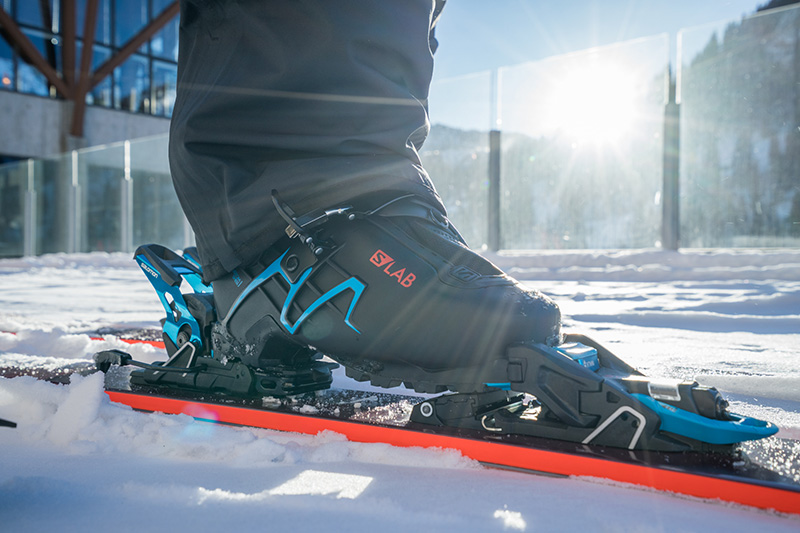Which boots fit which bindings? Ask Martin Chester…
Backcountry editor Martin Chester navigates the complicated world of boot-binding compatibility


QUESTION: Which boots fit which bindings in the backcountry sphere? There seem to be more options than ever and despite reading a few articles on the topic I am still confused!
ANSWER This is always such a hot topic, and every year I see people forcing touring boots into alpine/downhill bindings.
So why do I get my knickers in a twist about this one? Well, every year I hear tales of a bunch of people, usually people who should know better, who have their ski career shattered (quite literally) by twisting breaks of the tib/fib at the boot top; or by catastrophic damage to their cruciate ligaments in their knee joints. It really is a BAD IDEA!
So the real question is not “which boots fit which bindings” as you can successfully get some appalling combinations to fit. The real question is “which boots release properly (at the expected DIN setting) from which bindings”?
As a mountain guide, I am fanatical about making sure it doesn’t go wrong on my watch, to those in my care, so what are the answers?
Phil Evans from Backcountry UK wrote a really good article in Fall-Line last winter on the different types of boots and their compatibility with various bindings (see FL165). You can access his wisdom any time through Backcountry UK (his excellent shop in Otley, Yorkshire) or check out his advice on the Alpine Guides website.
There is now a baffling array of bindings and an even more baffling list of standards and norms for boots to get your head around.
But, in summary: an alpine boot (downhill/piste boot) has a flat low friction plate under the toe – and is the only type of boot which will slide out of an alpine binding properly. Expect anything with a rubber sole to stick and be aware it may not release.
If you plan to use a pin/tech binding, then make sure you have a conventional touring-specific boot. Look for Dynafit certified/ISO 9523 to be sure of a standard compatible fit for lugs and inserts.
If you are looking for the “one set does everything” then consider a Salomon/Atomic Shift binding (if your boot has tech inserts) or a Multi Norm Compatible binding that allows you to adjust the toe height and therefore the friction of release.
Still confused? Good on you for saying so! It is complex, but it matters, so for any other combo, go to a reputable ski touring retailer and make sure you have a compatible rig. Then, while you are there, the next step is…
Many of the release issues come from the subtlety of adjustment. The more stripped-down and lightweight our bindings become, the more critical the adjustment to ensure they work; and ensure they release as we hope and expect.
There has been a bit of a common myth of late, which should be busted: all pin/tech bindings will release the boot from both the heel and the toe. It is just the mechanism of release that changes. An alpine binding allows the toe to slide sideways in a twisting fall; most pin bindings let the heel rotate out instead. But the pins at the front will still release, even if the pressure is not adjustable.
So, to allow your heel tower to rotate and the boot to release, the binding needs to be set at exactly the right length. Too long – and the binding can release early as the ski flexes. Too tight and it may not release at all.
Some bindings have a sprung heel unit which allows them to be close to the boot (and still flex whilst skiing). Others are fixed and require a gap. If you don’t know the difference, then get online (yes chaps – you need to read the instructions) or go to your local expert.
With all that friction in a rubber sole, the downward pressure is critical as well – so make sure you check any height adjustments (if you have them) to ensure your boot/binding compatibility.
Finally, these simple bits of tech wizardry pack a complex task into a minimal unit. They deserve a little love and respect now and again. So get hold of some lithium LM2 grease and make sure your bindings are kept clean and well lubricated. This is especially important after any summit to sea trips – so wash any salty residue out with plenty of clean water; flush any water out with WD40; dry them thoroughly and lube them up with Lithium grease.
With a compatible rig, if you keep your bindings properly adjusted and properly maintained, you should stay in when you want to and release when you need to.
Sweet!